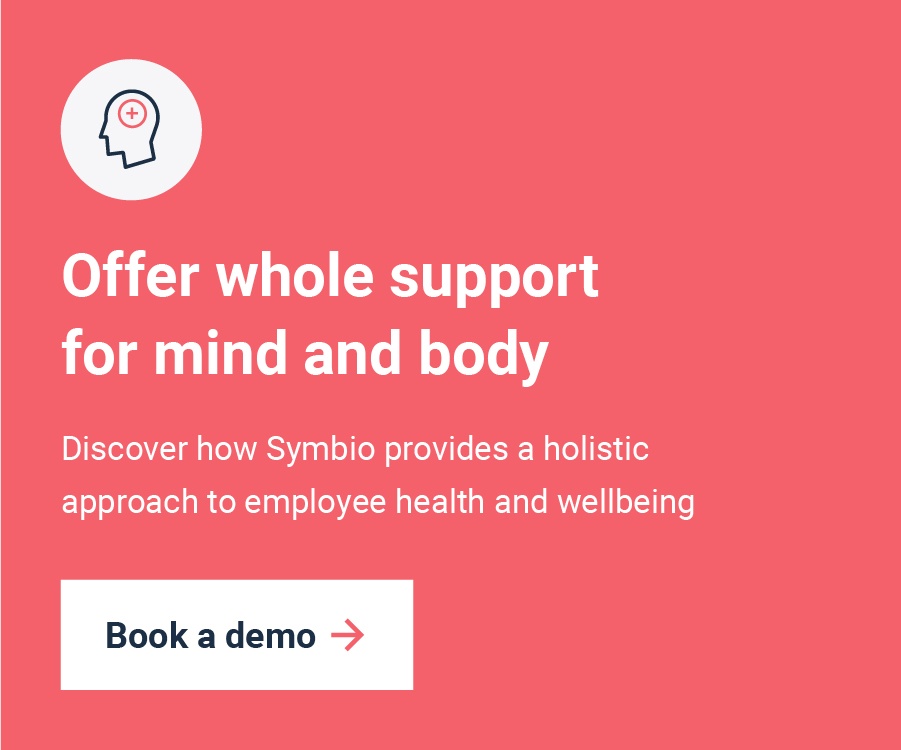The problem of leavism is prevalent. Nearly 60 percent of people surveyed reported employees working outside regular hours. Almost 40 percent said employees used holiday for sick leave. And a third reported workers use time off to work, according to the CIPD survey.
Why does this matter? Because leavism is often a leading indicator of resource problems, culture issues and looming burnout.
This blog explores why leavism happens, its consequences, and how you can promote better work-life balance for your employees.
What is leavism, and why should you care?
First named in 2014 by Dr. Ian Hesketh and Cary Cooper, a researcher at the University of Manchester, leavism is when an employee uses leave to work, works outside contracted hours or uses holiday instead of sick days for illness.
Persistent leavism is a sign that something is broken within a business. And yet the same survey that revealed its prevalence also showed that only just over a quarter of companies with leavism happening took steps to discourage it. This means workers’ work-life balance is at risk with no effort to course correct.
And course correction is needed. Conversations around ‘mental health’ increased 21 percent, and ‘overwork’ rose 15 percent in the same timeframe. It’s no wonder when one in 10 say they work at least 20 hours a week for free.
With leavism and burnout on the rise, what can companies do to combat the problem? And what are the repercussions of leaving leavism alone?
Leavism and presenteeism: what’s the difference?
First, it’s crucial to understand how leavism differs from presenteeism.
Certainly, leavism and presenteeism result from workload stress in a culture of overworking. A survey from 2018 observed ‘the rising trends of ‘presenteeism’ (people working when unwell) and ‘leavism’ (people using allocated time off to work) … show how organisational cultures and work pressures are more powerful in guiding employee behaviour than well-being initiatives.’
However, rather than showing up for work at times designated for leave or personal time, presenteeism means an employee shows up when they should be taking leave. For example, someone may work despite being or trying to manage acute family circumstances. This compromises their focus and often leads to lost productivity or mistakes. If you’d like to read more about presenteeism, why not read our blog ‘What is presenteeism and why is it bad for business?’
The reasons behind leavism
It’s easy to dismiss the issue of leavism. You could label the workers who are finding these alternative ways to complete their work either ‘underperformers’ or workaholics.’ But often, the reasons for leavism result from the work environment.
In the words of Cary Cooper, who coined the term, it’s important to ‘look very carefully at how we are managing leave, and ensuring that it really is leave. And let’s all understand that if our people are having to take leave to catch up on work, that raises a big red flag over our management.’
So before laying fault at an employee’s door or, worse, praising their ‘work ethic,’ it’s important to examine the common root causes of leavism:
- Retention issues. Losing workers affects those who remain. More specifically, it increases their workload. Employees may feel like they can’t take time off, or work will snowball during an absence with no one to back them up.
- Company policy. Leavism is often an unintended consequence of a company’s policies. Those policies meant to reduce absences cause employees to enter other types of leave so as not to blemish their employment record with sick leave.
- Hybrid work environment. UK workers now go into the office approximately 1.5 days per week. Pre-pandemic, this number was 3.8. Although leavism was named in 2014 and existed well before that, the new work environment could exacerbate it. With increased time at home, it’s easier for work to stretch outside of regular hours.
- Ever-improving technology. Technology that permits working from home can also make it harder to have boundaries. Eighty-seven percent said technology made it hard to separate work and home. This is because devices and software make seeing and responding to emails and tasks easy. It just takes a moment, after all.
- Unreasonable expectations. Managers can become out of touch with their people’s workloads. This is especially common when employees work outside their hours to meet the demands. Managers see the work getting done and assume the workload is reasonable when, in fact, it’s causing a significant amount of stress.
- High performers. It can be tempting for a line manager to rely on high performers who do their work well and efficiently. However, this may lead to an unfair amount of work assigned to a few. Those who once achieved a lot within contract hours use personal or leave time to maintain that standard.
- Job insecurity. Cooper stated leavism could be a ‘reaction to fear of job loss, redundancy or downgrade.’ He said, ‘People want to be perceived as being on top of their work and job’ in a climate focused on profitability - perhaps over people.
- Poor workflows and communication. Another reason an employee might use leave to catch up on work is if they feel like meetings and communications are an obstacle to completing their work. This might point to over-communication and micro-managing or work assigned at too great a pace.
- Prior experiences or background. Some employees will consider it a sign of weakness to take sick leave even when it’s needed. This may be because of what they experienced at a previous job, their cultural heritage, or their family growing up.
No matter the source, it is the organisation's and line managers' responsibility to restore work-life balance. So, how can your business create boundaries to combat the practice?
How to help your workers maintain a healthy work-life balance
The consequence of using personal time for work is lost work-life balance and burnout. And employees who lose that balance face wellbeing issues.
Two out of three UK workers say, due to work demands, they ‘experienced a work-related health condition in the last 12 months.’ Anxiety and sleep issues were the most prevalent conditions. And Deliotte's recent mental health research found the cost of poor mental health and wellbeing amongst staff has increased to £51 billion a year from £45 billion in 2019.
The sooner you learn to identify leavism and take action to build better boundaries against it, the better for you and your workers. And researchers say the issue of leavism requires a company-wide response with leader and line manager involvement. You can:
- Look for the signs. You need to identify leavism to be able to address it. Line managers can keep an eye out for leavism on their team. They might spot emails arriving over the weekend, unusual progress between Friday and Monday or active statuses on messaging platforms.
- Analyse capacity. Project management tools track output. Managers can use this data to adjust expectations for work on their team. Alongside this, HR tracks leave. This information can aid in planning for work. The information can give line managers a better idea of how much work is assigned and how quickly it is completed with leave factored in.
- Reallocate work. Someone’s workload may be too great. Or the idea of genuine leave may cause stress due to fear of work building up in their absence. Be willing to reassign tasks and have backups for specific responsibilities so the work waits for no one.
- Listen and act. Create a culture where it’s okay to approach line managers about capacity concerns and workload stress. It’s vital to follow up on those concerns by redistributing work or adjusting deadlines. Permit boundaries such as leaving computers at work or shutting off email notifications at certain times.
- Provide training. Occasionally, workers may need help to complete tasks due to a gap in their skills. Line managers can be intentional about identifying gaps when talking in 1-1s. Development plans can address those skills gaps. And with time, the employee may feel less need to work outside of hours.
- Build up your teams. Beyond individual attention for struggling workers, you can provide training across teams. By training the whole team well, you build resilience and reassurance for when the workload is high, or someone books leave.
- Give access to health professionals. A healthcare subscription, like Symbio, can provide easy access to GPs and EAPs so your workers at risk of burnout can get the professional help they need.
In applying these measures, your company strives to tip the balance away from leavism toward better work-life balance for workers. The goal is to keep employees from burning out and maintain their wellbeing. The issue of leavism requires a company-wide response with leader and line manager involvement.
Leaving leavism behind
Cooper and Hesketh said in their 2014 research,
‘Leavism presents a real issue when it comes to establishing the true picture of employee well-being and should not be ignored.’
You want a culture where leavism is left behind as work is justly allocated, boundaries are in place, and workers are supported.
Symbio provides resources on work-life balance and access to health professionals for extra support. Find out how Symbio might lend itself to a healthy work-life balance in your company.
-1.jpg?width=1600&height=900&name=image%20(26)-1.jpg)




